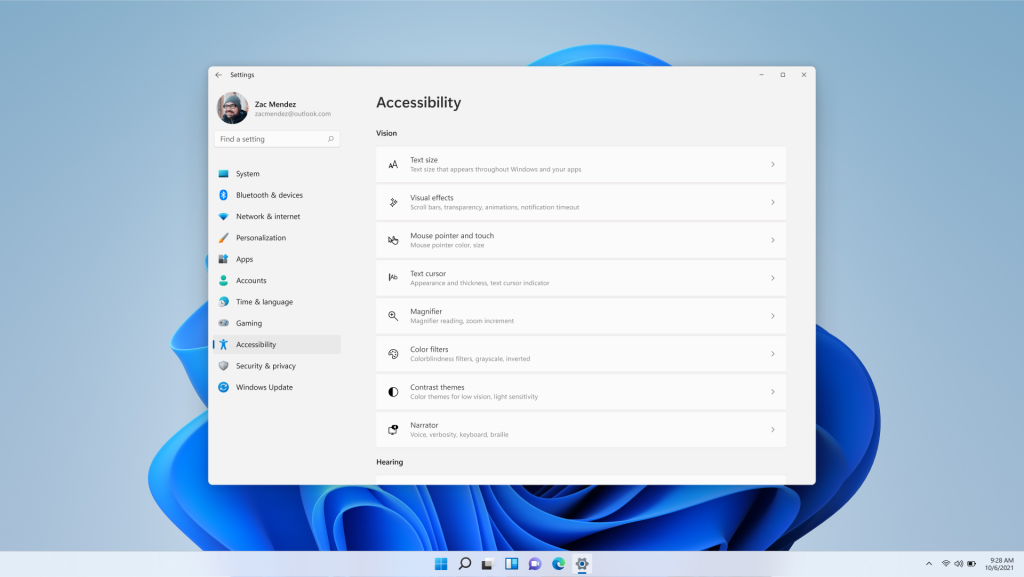In my experience, the Windows 10 upgrade has greatly enhanced handicap accessibility features for users with disabilities.
Understanding the Free Upgrade Offer
To understand the Free Upgrade Offer for Windows 10 for Handicap Accessibility, follow these steps:
1. Check if your current operating system is Windows 7 or Windows 8.1. Only users with these versions are eligible for the free upgrade to Windows 10.
2. Make sure your computer meets the system requirements for Windows 10. This includes having a compatible processor, 1GB of RAM for 32-bit systems or 2GB for 64-bit systems, and at least 16GB of free hard disk space.
3. Download the Windows 10 upgrade from the Microsoft website. Follow the installation instructions to upgrade your operating system.
4. Explore the accessibility features in Windows 10. Features such as the screen reader, virtual keyboard, and assistive technology tools can help make your computer more accessible.
Steps to Upgrade for Assistive Technology Users
-
Step 1: Check compatibility of assistive technology software.
- Ensure that all assistive technology software is compatible with Windows 10.
- Contact software vendors for updates or patches if needed.
-
Step 2: Back up important data.
- Ensure all important files and data are backed up before upgrading.
- Use an external hard drive or cloud storage to save files.
-
Step 3: Create a restore point.
- Before upgrading, create a restore point in case any issues arise.
- Go to Control Panel > System and Security > System > System Protection to create a restore point.
-
Step 4: Perform the upgrade.
- Download and run the Windows 10 upgrade tool.
- Follow on-screen instructions to complete the upgrade process.
Navigating the Accessibility Page for Upgrade
To adjust display settings for better visibility, use the “Display” tab to change text size, color filters, and more. For auditory accommodations, explore the “Hearing” section to adjust volume, audio balance, and closed captioning settings. Additionally, the “Keyboard” tab allows you to modify keyboard shortcuts and behavior.
Make use of the “Mouse” section to adjust cursor size and color for better visibility. If you rely on voice commands, explore the “Speech” tab to customize speech recognition settings. Lastly, utilize the “Eye control” feature for hands-free navigation using only your eyes.
Experiment with these settings to create a personalized and accessible experience while using Windows 10.
Essential Information for Users

When upgrading to Windows 10 for handicap accessibility, it is important to remember that there are several features and settings that can enhance the user experience.
One key feature to utilize is the Ease of Access Center, which provides a centralized hub for adjusting accessibility settings. This includes options for magnifying the screen, using a screen reader, and enabling the virtual keyboard.
Additionally, customize the display settings to make text larger or change the color scheme for better visibility. This can be done in the Personalization section of the Settings menu.
To improve navigation, consider enabling Cortana, the virtual assistant, for voice control and search capabilities. You can also customize the Microsoft Edge web browser for a more user-friendly experience.
FAQs
Can assistive technology users get a free Windows 10 upgrade?
Assistive technology users can get a free Windows 10 upgrade. Stay tuned for more details on how to take advantage of this offer.
How to get Windows 10 for free disability?
To get Windows 10 for free with a disability, you can download the Windows 10 Media Creation Tool, accept the license terms, upgrade your PC, choose to keep personal files and apps, and follow the installation process.
Can you legally upgrade to Windows 10 for free?
You cannot legally upgrade to Windows 10 for free as the free upgrade offer no longer results in a valid digital license.
Which users are given free upgrade to Windows 10?
Users with a PC running Windows 7/8/8.1 (specifically Windows 7 Home, Pro, or Ultimate edition, or Windows 8.x Home or Business) that is properly licensed and activated are eligible for a free upgrade to Windows 10.
